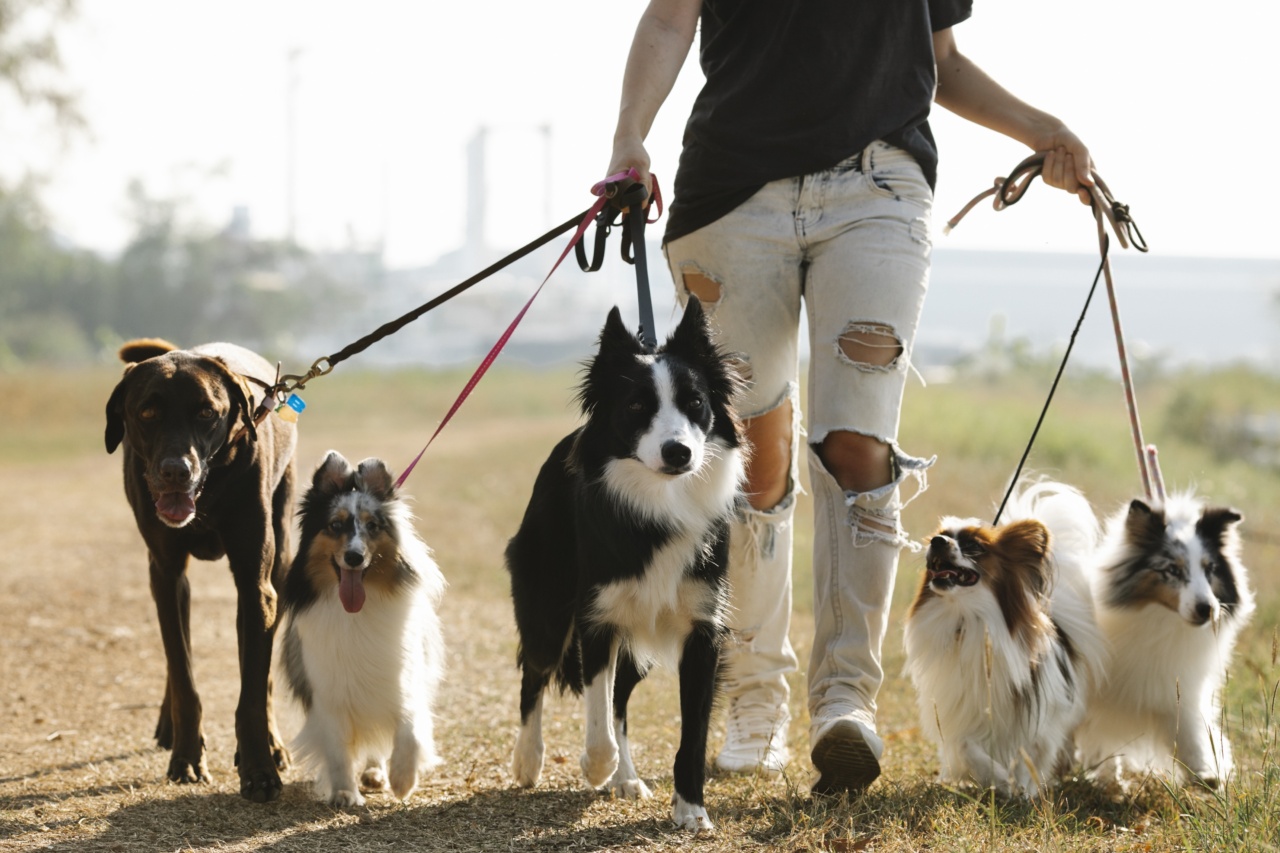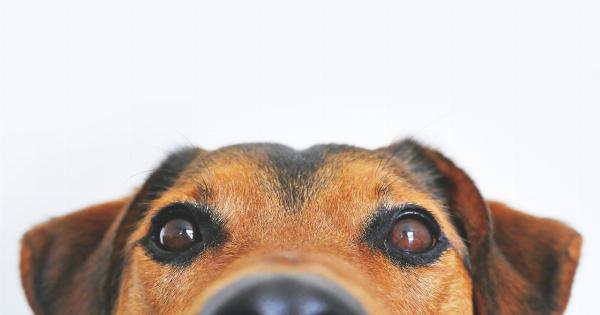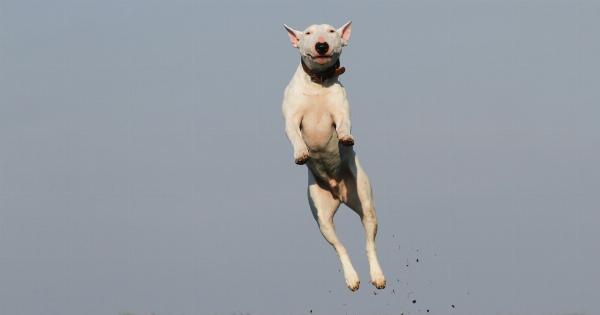One of the most common and amusing behaviors exhibited by dogs is their tendency to roll on the ground. Whether it’s a patch of grass, a pile of leaves, or even a muddy puddle, dogs seem to find immense joy in rolling around.
While this behavior may seem simple and harmless, there is often more to it than meets the eye.
Instinctual behavior
Rolling on the ground is believed to be an instinctual behavior inherited from dogs’ wild ancestors. In the wild, canids often roll on the ground to mask their scent and camouflage themselves from potential prey or predators.
By rubbing their bodies on different surfaces, dogs can pick up scents, which they then carry with them to communicate their presence and territorial boundaries.
Sensory exploration
Dogs have a highly sensitive sense of smell, and rolling on the ground enables them to explore and gather information about their surroundings.
By coming into direct contact with different textures and substances, they can better understand the world around them. Additionally, the tactile sensations experienced during rolling can provide dogs with a form of sensory pleasure, as the skin is loaded with nerve endings.
Cooling off
Another reason why dogs may roll on the ground is to cool off. Unlike humans, dogs do not have sweat glands distributed all over their bodies. Instead, they rely on panting and seeking cooler surfaces to regulate their body temperature.
By rolling on the ground, especially in shady areas or on cold surfaces, dogs can cool down and alleviate any discomfort caused by excessive heat.
Scratch that itch
Itchy skin can be a common source of irritation for dogs, and rolling on the ground can provide relief.
By rubbing their bodies against different textures, dogs can scratch those hard-to-reach places and alleviate any discomfort caused by dry skin, allergies, or parasites. This behavior also allows dogs to reach areas that they may not easily access with their paws alone.
Social scent marking
Rolling on the ground can serve as a form of social scent marking for dogs. When dogs come into contact with various surfaces, they can pick up scents from other animals in the environment.
By rolling on these surfaces, dogs can leave their own scent behind as a way of marking their presence and communicating with other dogs.
Pure enjoyment
It’s important to remember that dogs are complex creatures with a wide range of emotions. Rolling on the ground might simply be an expression of pure enjoyment for them.
Dogs are known for their playful nature, and sometimes rolling around is just another way for them to have fun and revel in the simple pleasures of life.
Rolling in unpleasant substances
While rolling on the ground can be attributed to various natural instincts and sensory experiences, dogs are also known for rolling in things that humans find unpleasant, such as dead animals, feces, or even garbage.
This behavior can be perplexing and off-putting to dog owners, but it might have evolutionary roots as well. Rolling in these substances can serve as a way for dogs to camouflage their scent, making it easier for them to approach potential prey or to avoid being detected by predators.
Curbing excessive rolling
While occasional rolling on the ground is typically harmless, excessive rolling might be a cause for concern. If your dog is constantly rolling or obsessively rolling in unpleasant substances, it could indicate an underlying issue.
Allergies, skin conditions, or even anxiety could be the culprits behind this behavior. It’s crucial to consult with a veterinarian to rule out any potential health problems or behavioral issues.
Conclusion
Rolling on the ground is a natural and instinctual behavior for dogs. It allows them to explore their environment, cool off, scratch itchy skin, mark their territory, and simply enjoy themselves.
However, if your dog’s rolling becomes excessive or involves unpleasant substances, it is important to seek professional advice. Understanding the reasons behind this behavior can help us better appreciate the complex nature of our canine companions.






























